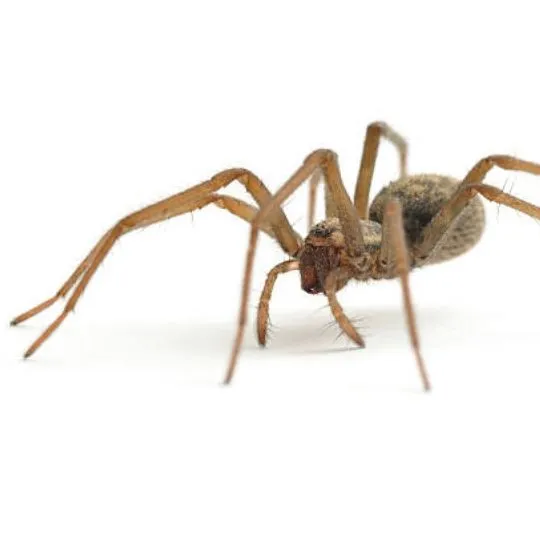The Brown House Spider: Identification, Behavior, and Management

The brown house spider, scientifically known as "Steatoda grossa," is a common arachnid species that can be found in homes and buildings across various regions. While often mistaken for the notorious brown recluse spider, the brown house spider is generally harmless to humans. In this article, we will delve into the characteristics, behavior, and management of the brown house spider to help you better understand and coexist with this arachnid neighbor.
1. Identification:
-
Physical Appearance: Brown house spiders are typically dark brown to black in color with a rounded abdomen and a somewhat bulbous cephalothorax (head and thorax).
-
Size: Adults usually measure between 6 to 9 millimeters in body length.
-
Distinctive Markings: They often have lighter-colored markings or patterns on their dorsal abdomen, which can vary in appearance.
2. Habitat:
-
Indoor Dwellers: Brown house spiders are well adapted to indoor environments, and you'll often find them in dark, secluded areas of homes and buildings.
-
Web Builders: They are known for constructing irregular, messy, three-dimensional webs that serve as both shelter and hunting grounds.
3. Behavior:
-
Nocturnal Hunters: Brown house spiders are primarily nocturnal, preferring to hunt during the night.
-
Prey: They feed on a variety of small insects and other arthropods that become ensnared in their webs.
-
Venom: While brown house spiders do possess venom, their bites are not considered dangerous to humans and typically result in mild, localized pain or discomfort.

4. Reproduction:
-
Egg Sacs: Female brown house spiders produce spherical egg sacs that are often suspended within their webs.
-
Offspring: These sacs can contain dozens of eggs, and once hatched, the spiderlings remain close to their mother's web for protection and to receive prey.
5. Management and Prevention:
-
Reduce Clutter: Regularly clean and declutter your home to minimize hiding places for brown house spiders.
-
Seal Cracks: Seal any gaps or cracks in walls, windows, and doors to prevent their entry into your living spaces.
-
Outdoor Lighting: Consider using outdoor lighting that is less attractive to insects, as fewer insects around your home will mean less spider prey.
-
Professional Help: If you have a significant infestation or are unsure about the presence of dangerous spiders, consult a pest control professional for assessment and management.
6. Coexistence:
-
Beneficial Predators: While spiders may not be everyone's favorite houseguests, they do help control populations of unwanted insects, making them beneficial in their own way.
-
Non-Aggressive: Remember that brown house spiders are not aggressive toward humans and only bite if provoked or trapped.
Understanding the brown house spider's characteristics, behavior, and management strategies can help homeowners coexist peacefully with these arachnid neighbors. By taking a few preventive measures and recognizing the benefits of their presence in controlling pest populations, you can maintain a harmonious balance between your home and the brown house spider. If you have concerns about spider infestations or bites, consulting with a pest control professional is always a prudent step to ensure a safe and spider-friendly living environment.

